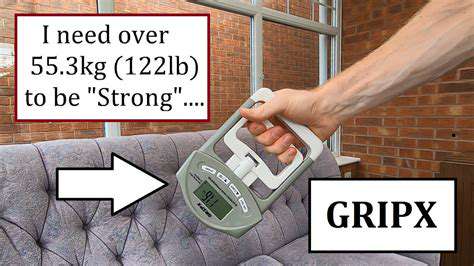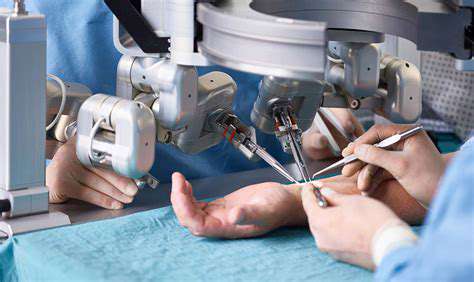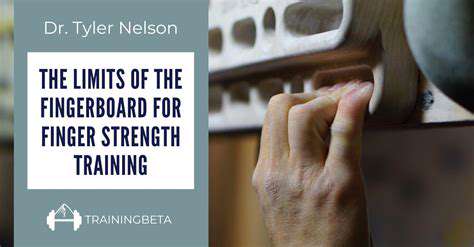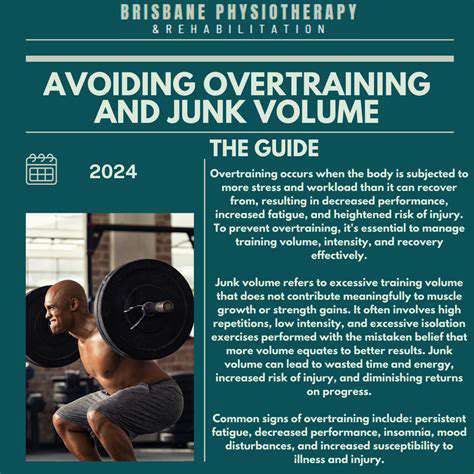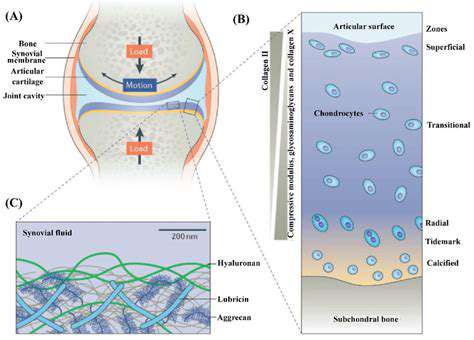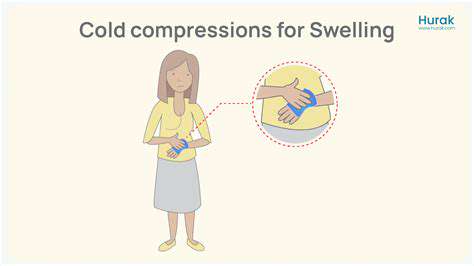Understanding Trigger Finger: Symptoms, Causes, and Cures
Treatment Options for Trigger Finger
Conservative Treatment Options
Conservative treatments for trigger finger often involve non-surgical methods and are usually the first line of defense. These methods aim to reduce inflammation, improve range of motion, and alleviate pain. One common approach is splinting, which helps to maintain a straight position for the affected finger, preventing the tendon from catching. Splinting can be particularly effective in the early stages of the condition, and it can often be combined with other conservative treatments for optimal results. Proper splinting techniques, however, are crucial for the splint to be effective, and it's important to follow your doctor's instructions carefully.
Another conservative method is the use of anti-inflammatory medications. These medications, such as ibuprofen or naproxen, can help to reduce swelling and pain associated with trigger finger. While these medications can provide significant relief, it's essential to use them as directed by your physician. Overuse or improper dosage can lead to unwanted side effects. Furthermore, while pain relief is key, addressing the underlying cause of the condition is crucial for long-term improvement.
Corticosteroid Injections
Corticosteroid injections are another common conservative treatment option for trigger finger. These injections provide a direct dose of anti-inflammatory medication into the affected tendon sheath, which is the area where the tendon and surrounding tissues are inflamed. This approach can quickly reduce inflammation and pain, allowing for improved mobility and function. However, it's important to note that these injections may not be effective for everyone, and they may only provide temporary relief. The effectiveness can vary depending on the individual's response to the medication and the severity of the trigger finger.
While effective for some, it's crucial to understand the potential risks associated with corticosteroid injections. These include the risk of infection, bleeding, and potential tendon rupture, although these risks are relatively low. Regular follow-up appointments are crucial to monitor the condition and ensure the treatment is working as expected. It's crucial to discuss the potential benefits and risks with your doctor before deciding on this treatment option.
Physical Therapy
Physical therapy plays a vital role in managing trigger finger symptoms. A physical therapist can design a customized exercise program to improve flexibility, strength, and range of motion in the affected finger and hand. These exercises aim to gently stretch and strengthen the tendons and surrounding muscles, which can help to prevent the tendon from getting stuck. The exercises are tailored to the individual's specific needs and progress, ensuring the effectiveness of the therapy.
Specific exercises might include gentle stretches, hand-strengthening exercises, and activities that encourage controlled movement of the affected finger. A physical therapist can guide you through these exercises, ensuring proper technique and gradually increasing the intensity as your condition improves. Consistent effort in performing these exercises is essential for achieving optimal results and long-term relief from trigger finger.
Surgical Options
In cases where conservative treatments are ineffective, surgery may be considered as a treatment option for trigger finger. Surgical procedures aim to release the constricted tendon sheath, thereby relieving the pressure on the tendon and allowing it to move freely. There are several surgical techniques available, and the best approach will depend on the specific situation and the surgeon's expertise. Open release surgery is one common technique where an incision is made to directly access and release the tendon.
Minimally invasive procedures are also available, offering smaller incisions and potentially faster recovery times. Regardless of the surgical method, it's crucial to discuss the potential benefits and risks with your surgeon. Post-operative care and rehabilitation protocols are essential for successful recovery and to ensure long-term relief from trigger finger. Post-surgical follow-up care and adherence to the prescribed rehabilitation program are crucial for a smooth recovery.
Alternative Treatments
Alternative treatments for trigger finger, such as acupuncture or herbal remedies, are sometimes explored. Acupuncture, for example, involves inserting thin needles into specific points on the body to stimulate energy flow and alleviate pain. While some individuals may find these treatments helpful in managing symptoms, it's crucial to remember that these methods are not scientifically proven to cure trigger finger. It's essential to discuss any alternative treatments with your doctor to ensure they won't interfere with conventional treatments or cause any harm.
Herbal remedies are another category of alternative treatments. However, they can have unpredictable effects and may interact with other medications. It's essential to consult with a healthcare professional before using any herbal remedies for trigger finger or any other medical condition. Combining alternative treatments with standard medical care should be approached with caution and discussed with your doctor to avoid any adverse effects or hinder the progress of conventional treatment.
Preventing Trigger Finger
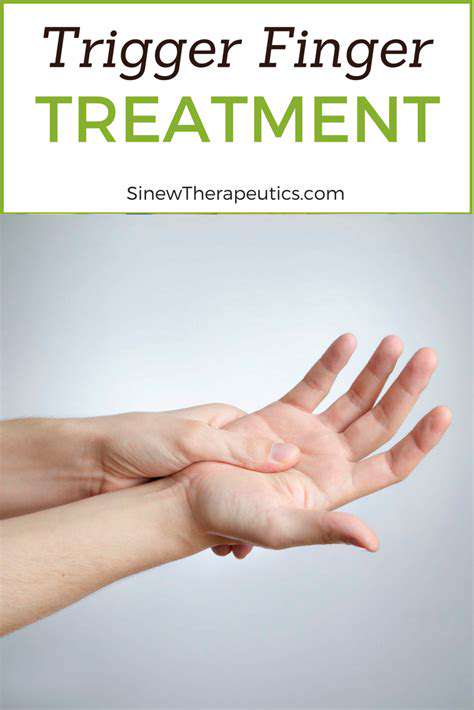
Understanding Trigger Finger
Trigger finger, also known as stenosing tenosynovitis, is a common condition affecting the tendons in the hand and fingers. It's characterized by a catching or snapping sensation in the affected finger as it's moved. This discomfort can range from mild annoyance to significant pain, making everyday tasks challenging. Understanding the underlying mechanisms of this condition is crucial for effective management.
The tendons that bend your fingers glide smoothly through protective sheaths. In trigger finger, these sheaths become inflamed or thickened, restricting the smooth movement of the tendons. This results in the characteristic catching or snapping sensation as the tendon tries to pass through the constricted sheath. Early intervention can often alleviate symptoms and prevent long-term complications.
Identifying the Symptoms
The most noticeable symptom of trigger finger is the catching or snapping sensation in the affected finger. This often occurs when the finger is bent and then straightened. Pain may also accompany the snapping, ranging from mild discomfort to sharp pain. The finger may also feel stuck in a bent position. These symptoms typically worsen with repetitive hand use and can even affect the ability to grip objects firmly.
Risk Factors and Causes
Several factors can increase your risk of developing trigger finger, including repetitive hand movements, such as those involved in typing or using tools. Certain medical conditions like diabetes and rheumatoid arthritis also increase the likelihood of developing this condition. While the exact cause isn't always clear, inflammation and thickening of the tendon sheaths are key components.
Age is also a factor, with trigger finger more common in older individuals. Certain occupations that require frequent hand use or gripping can put individuals at higher risk. Understanding these risk factors can help in proactive prevention and management strategies.
Diagnosis and Evaluation
A healthcare professional can diagnose trigger finger through a physical examination. The doctor will assess the affected finger, observing the catching or snapping sensation and any accompanying pain. They may also use imaging techniques like X-rays to rule out other potential causes of hand pain. A thorough evaluation is essential to ensure accurate diagnosis and appropriate treatment.
Treatment Options
Treatment options for trigger finger vary depending on the severity of the condition. In mild cases, simple measures like rest, ice packs, and over-the-counter pain relievers may suffice. However, more severe cases may require more aggressive interventions, such as corticosteroid injections or surgery. Surgical intervention is typically reserved for cases that don't respond to other treatments or where the condition significantly impacts daily activities.
Prevention Strategies
While trigger finger can't always be prevented, certain lifestyle adjustments can reduce the risk of developing the condition. Avoiding repetitive hand movements when possible, maintaining good hand posture, and using proper hand tools are crucial. Staying hydrated and maintaining overall health can also contribute to reducing inflammation, a key factor in preventing trigger finger. If you experience symptoms, seeking prompt medical attention is essential to prevent worsening of the condition.
